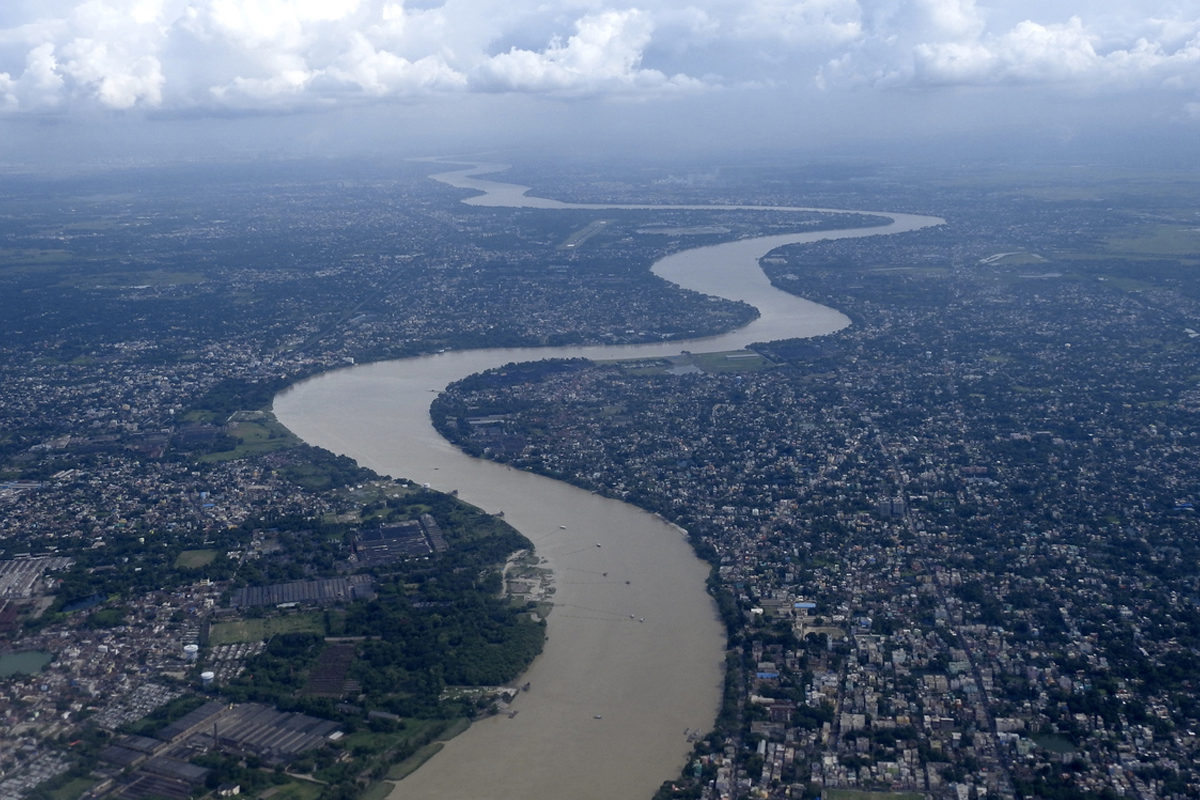The National Mission for Clean Ganga (NMCG) approved nine projects worth Rs 265 crore during its 56th Executive Committee meeting held here.
The projects are crucial for enhancing the river’s ecosystem, aiming to minimise pollution levels in the Ganga, thereby maintaining its cleanliness and conservation. NMCG DG Shri Rajeev Kumar Mital chaired the meeting.
A crucial project on Faecal Sludge Management for abatement of pollution in the River Ganga at Dalmau, Raebareli, Uttar Pradesh, was approved to reduce the pollution in the Ganga.
Under this project, an 8 KLD Faecal Sludge Treatment Plant will be established, along with a 15 KW Solar Power Plant and one Solar Inverter. Based on the DBOT model, the project is approved at an overall cost of Rs 4.40 crore which covers O&M of the project for a stipulated period of five years.
The sewerage project was approved for Gulaothi town in Bulandshahr district of Uttar Pradesh. This project aims to prevent pollution in the East Kali River, a tributary of the Ganga that flows through eight districts of Uttar Pradesh.
Approved at an estimated cost of Rs 50.98 crore, the project is dedicated to the I&D of drains and sewage treatment works with a capacity of 10 MLD with O&M for a period of 15 Years.
To raise awareness about the River Ganga and the environment during the Maha Kumbh Mela 2025 and beyond, approval has been given for the construction of the Arth Ganga Centre and the branding of Chheoki Railway Station in Prayagraj at a cost of Rs 1.80 crore.
Besides raising awareness, the project intends to create employment opportunities and support the women SHGs of the Ganga basin.
Additionally, the Restoration Plan of Lower Order Streams and Tributaries in the Upper Gomti River Basin through Nature-Based Solutions (NBS) was approved by the Executive Committee.
Proposed by Babasaheb Bhimrao Ambedkar Central University, Lucknow, the project lays emphasis on the rejuvenation of lower-order streams and tributaries in the upper Gomti River Basin through nature-based solutions to improve the health of the River Ganga at a cost of Rs 81.09 lakh.
Moving on, a significant step under the Namami Gange Mission involves the approval of the project that focuses on the installation of new penstock gates and renovation of existing gates along the bank (Eastern and Western) of Beliaghata Circular Canal in Kolkata, West Bengal.
The estimated cost of this project is Rs 7.11 crore under the DBOT mode. The operation and maintenance (O&M) cost will be borne by the Kolkata Municipal Corporation.
Another development is the approval of an Integrated Management Plan (IMP) for the conservation and sustainable management of Udhwa Lake Bird Sanctuary located at Sahibganj in Jharkhand. The plan, costing Rs 25.89 crore, will be implemented over a period of five years.
The Executive Committee also approved the proposal for the renovation of electric crematoriums under the PBIG component of the World Bank-funded project in Santipur, Garulia, and Chakdha municipalities in West Bengal. The project, with an estimated cost of Rs 2.89 crore under the DBOT mode, will include O&M for five years.
The Munger Sewerage Network and STP project, with a capacity of 30 MLD capacity STP and a 175-km-long sewerage network, has been approved at a revised cost of Rs 522.85 crore.
While the project is based on DBOT mode, its operation and maintenance will be transferred to the state government after 15 years of operation.
The committee approved the project for the establishment of a Secretariat for the Smart Laboratory on Clean Rivers (SLCR) at Varanasi, which will be executed by IIT (BHU).
This ambitious project intends to deploy global expertise and adopt sustainable practices to rejuvenate and give a facelift to all the small rivers across the country. It seeks to create a balance between environmental, economic, and social factors.












